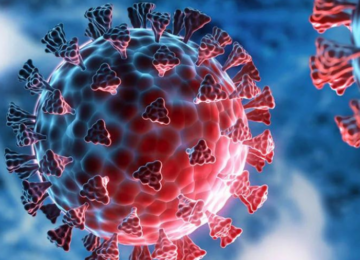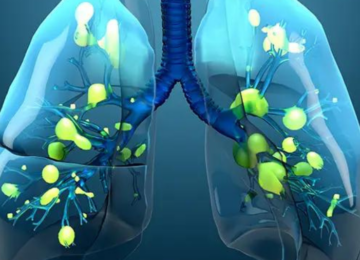

What is rt-PCR?
The polymerase chain reaction (PCR) was invented in the 1980s while studying bacteria that grow in heat vents and was quickly identified as a tool with high clinical application potential, resulting in a nobel prize for its founders. From that humble beginning, PCR has revolutionized both the basic scientific understanding of and the clinician’s ability to address infectious diseases of all origins. The next big step for PCR technology was the application of fluorescent probes with a PMT detector, so that the amplification reaction could be observed in real time. Real time PCR (rt-PCR) allows individual targets to be identified from very small volumes and is extremely specific in a much shorter time than the gel based techniques. Equipment automation, reagent improvements and better test design have now allowed this technology to be widely available for use in patient treatment.
PCR TEST PROCEDURE
Contact Us
Contact us here to learn more about how our Covid panels can benefit your patients.

